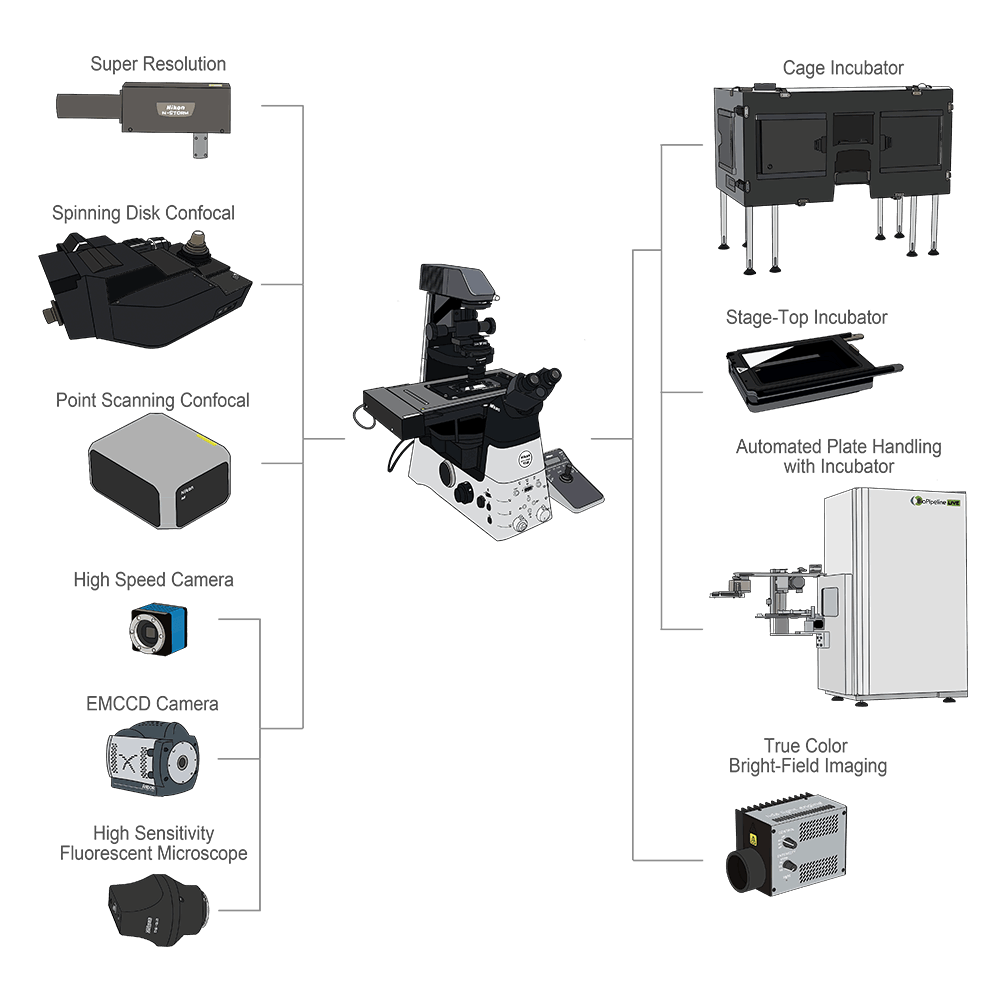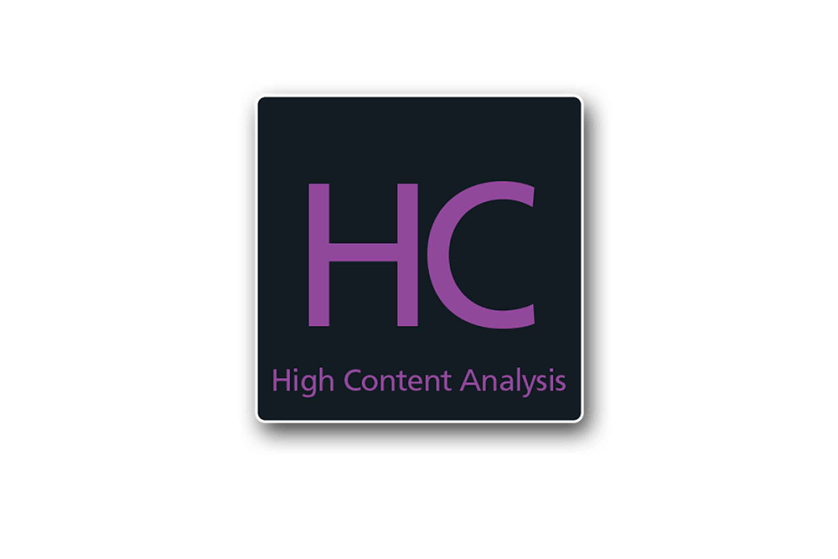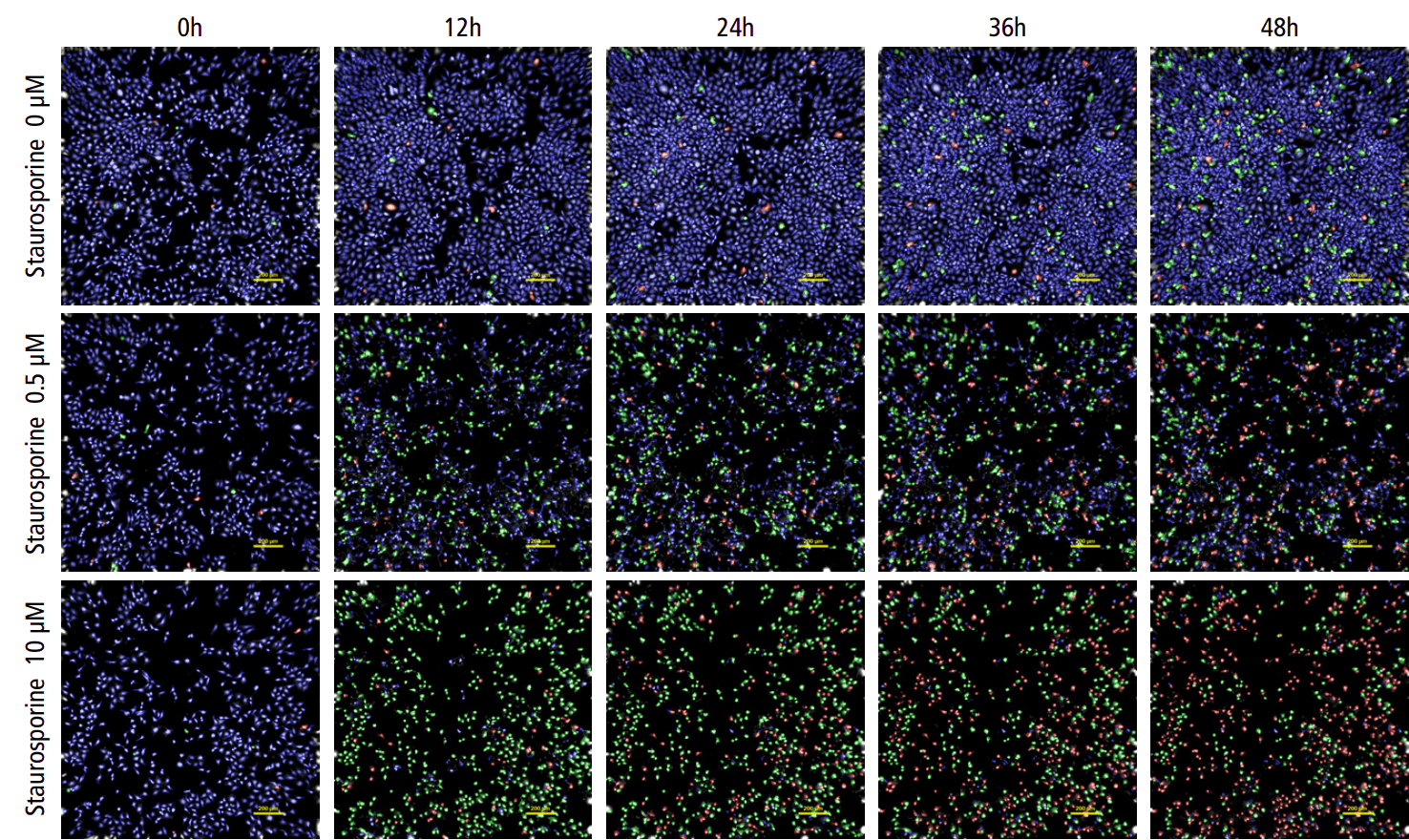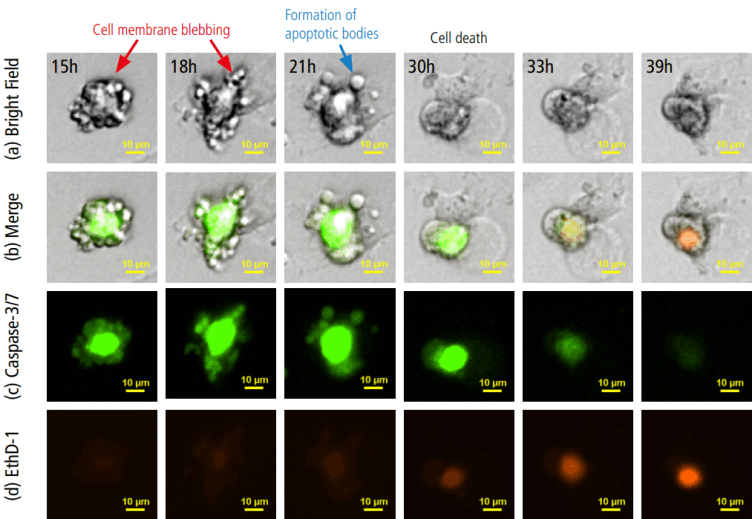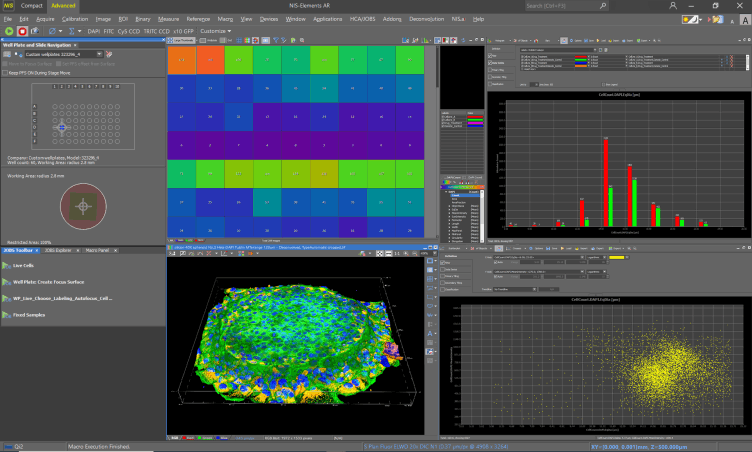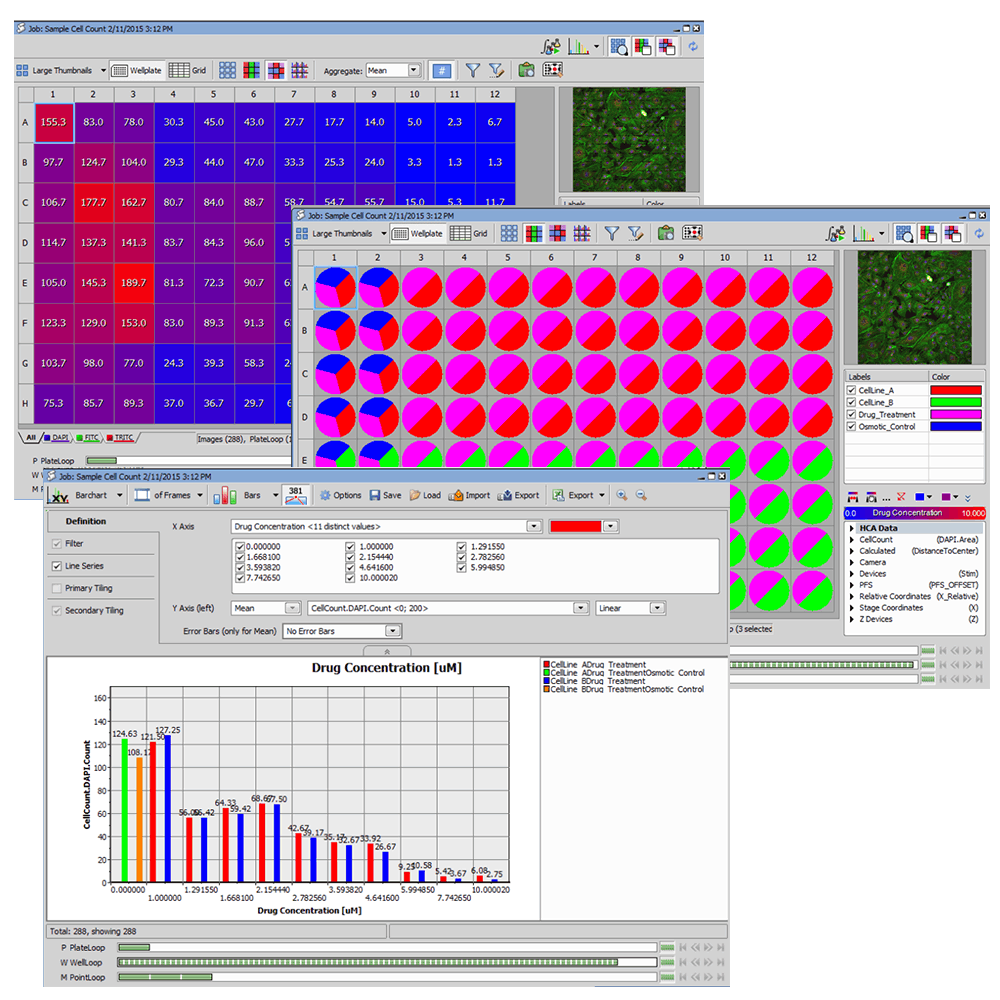
Intelligent Acquisition & Analysis Software
Automated well-plate acquisition, data review, analysis, and management for multiple well-plate experiments.
Real-time viewing of data acquisition and analysis progress for instant inspection.Multiple analysis assays can be run simultaneously during the imaging phase or run post-acquisition on offline stations.
